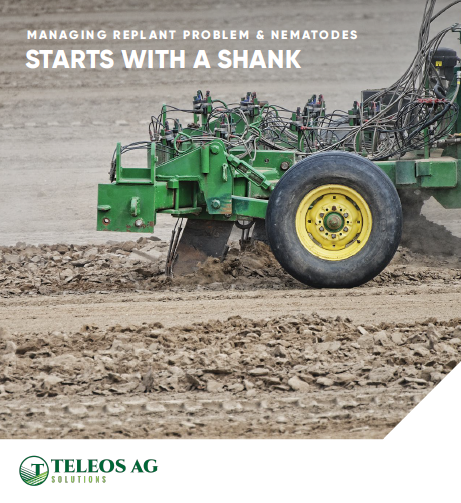Biostimulants an Ally for Better Water Utilization in Plants

Biostimulants are emerging as powerful allies to plants in the battle against environmental stresses like droughts and heavy rainfall. These plant health products enhance resilience by promoting stronger root development, improving water and nutrient uptake, and strengthening the plant’s natural defense mechanisms. They play a crucial role in effective water management practices by creating better soil structure and improving both drainage and water retention.
In recent years, there has been notable progress in understanding the molecular mechanisms controlling plant responses and adaptations to drought and rain deluge. By stimulating nutrient absorption, root growth, and stress response mechanisms, biostimulants enhance a plant’s ability to withstand environmental changes and optimize growth and productivity.
“Biostimulants can stimulate beneficial microbes in the soil, and what these beneficial microbes, bacteria and fungi, are able to do is promote a plant’s ability to manage drought stress through effective regulation of their stomata to maximize water use efficiency when they are dealing with low moisture conditions,” says Gus Plamann, Senior Technical Agronomist, Biome Makers. “Microbes also can improve the conditions of the soil in ways that improve water retention, and ultimately better allow the plant access to moisture.”
Enhancing how biostimulants work to improve water use efficiency in plants is crucial as it can help crops grow better when facing a drought. It also offers a sustainable solution for farmers wanting to optimize and preserve the use of an increasingly precious resource: irrigation water.
“The first thing is improving the water retention and absorption inside the plant. The biomolecules inside our biostimulant work through biochemical actions on the plant physiology,” says Alfredo Sgrignuoli, Global Product Manager for Nutrient Use Efficiency and Inoculant Technologies, Syngenta Biologicals. “The second thing is optimizing plant water use. We work to increase the Water Use Efficiency parameter, which enhances photosynthesis and permits better biomass allocation, while increasing important health indices and the biosynthesis of key intermediate metabolites necessary for plant growth.”
Over the last three decades, advancements in biostimulant formulations have improved in mitigating the impact of abiotic stressors on plant growth and development. But in just the last few years, the industry has seen exponential growth in improved efficacy. Biostimulants are now being formulated with specific conditions in mind like salinity, drought, or excessive rain.
For more, read the full article here as part of our special Global Insight Series report on Irrigation Technology.
In addition, check out the previous reports in Meister’s Global Insight Series covering a range of topics from Soil Health to Biosolutions to Agricultural Technology, and more.









